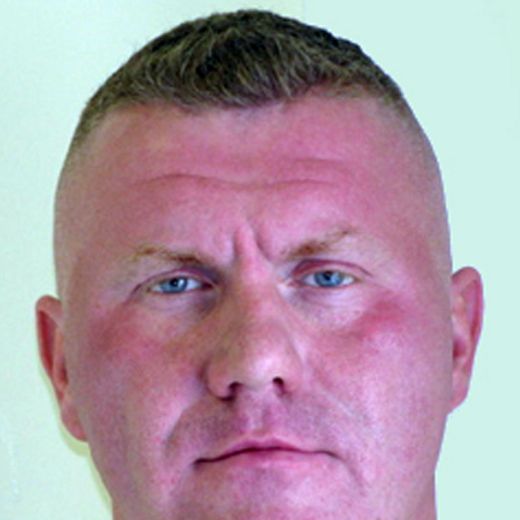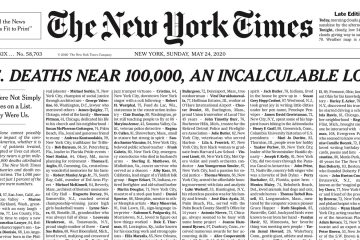The Infamous Case of Raoul Moat: A Timeline of Events

Introduction
The case of Raoul Moat remains one of the most notorious criminal incidents in recent UK history. Moat’s actions, which resulted in a nationwide manhunt in 2010, have since sparked discussions about mental health, policing, and the impact of media sensationalism. This report revisits the significant events surrounding Moat’s criminal activity, his tragic end, and the lessons learned from this shocking situation.
The Timeline of Events
On July 3, 2010, Raoul Moat, a former nightclub bouncer, launched a violent spree in Northumberland, England. His first victim was his ex-girlfriend, Samantha Stobbart, whom he shot in the face, leading to critical injuries. Shortly thereafter, Moat attempted to kill a police officer, David Rathband, who had the sad misfortune of confronting him during the manhunt.
This violent eruption led to a significant police operation, with Moat becoming one of the country’s most wanted criminals as he evaded capture. His actions prompted extensive media coverage, and for days, the UK was gripped by the unfolding drama as police urged him to surrender. Local communities were placed on high alert, and public services were disrupted.
The Media and Public Reaction
The case garnered immense media attention, with both television and social platforms extensively covering the manhunt and interviews with law enforcement officials. Many commentators highlighted the role of the media in shaping public perception of Moat, some even branding him a folk anti-hero, an idea that attracted significant criticism. Concerns about how mental health issues were portrayed in relation to violent crime also emerged, leading to public conversation around understanding rather than demonising individuals involved in severe crimes.
The Conclusion and Legacy
On July 10, 2010, after a six-day manhunt, Moat was cornered by police at a riverside location in Rothbury. After a standoff, he took his own life. The tragic end of Moat’s life highlighted several pressing issues, including the need for better mental health support and more effective communication between police forces and the media.
Today, the case remains a crucial case study in criminal psychology, media ethics, and community safety. It reminds us of the far-reaching impacts of mental health crises and the necessity of adopting a compassionate approach towards identified individuals. As discussions continue surrounding criminal behaviour and prevention, the legacy of Raoul Moat lingers, urging society to reflect on how to address these complex societal issues.







